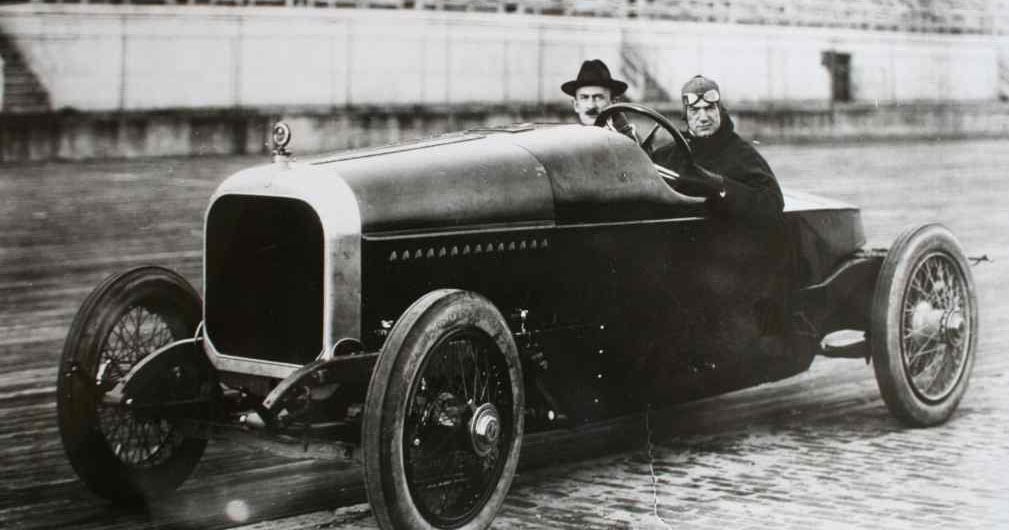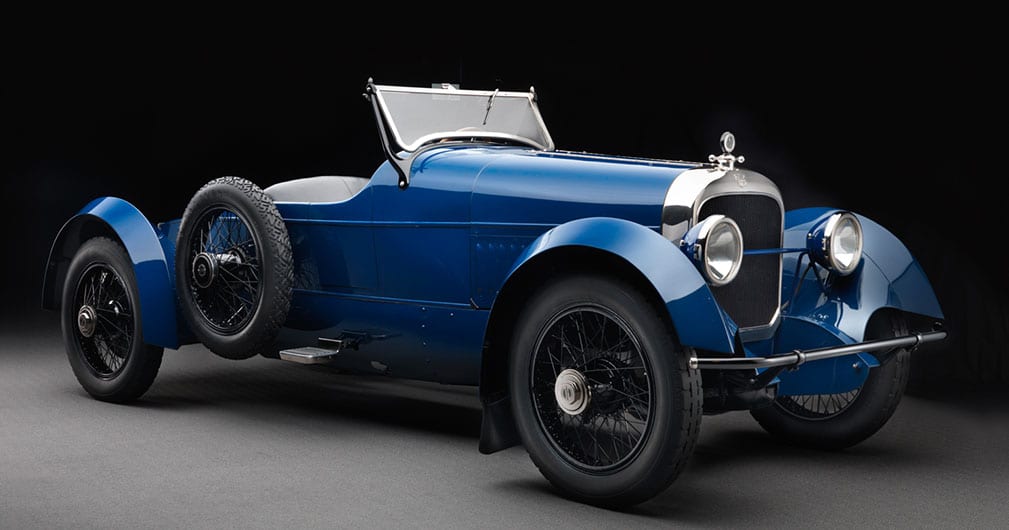Tech Specs
Eight-cylinder, 90 degree vee engine, L-head 441.7 cubic inches, 95 hp at 2400 rpm. HP to WT Ratio: 40.78
Before/After
1920 Cunningham


About the 1920 Cunningham V3 Boattail Speedster
Rochester, New York firm was famous for ultra-expensive, ultra-luxurious formal cars appropriate for carrying one to the opera – or his funeral. Hearses were the mainstay of production.
This boat tail speedster was built so the Cunningham people could brag a little. Only a limited number of this rare model was built. At the time, the engines were America’s largest V8 (over 125 cubic inches bigger than Cadillac’s). Although racing was regarded as too flashy for the conservative firm, Cunningham performance was to be demonstrated nonetheless. Deciding there was no better person for the job than Ralph De Palma, one of the greatest and most respected racing drivers of the era, Cunningham prepared for some discreet record breaking.
On November 17th, 1919, on the Sheepshead Bay board track in Brooklyn, De Palma drove this Cunningham 10 miles in 6 minutes 35 seconds, averaging 98 mph on his fastest lap and setting three world’s records. Subsequently, the car was driven back to the factory in 10 hours 16 minutes, an hour under the previous New York-Rochester record. There the Cunningham was dismantled under AAA supervision and authenticated as a stock chassis.
It was business as usual for Cunningham thereafter. No screaming headlines, no advertising blitz. A simple press release announced the records. Subsequently, a few replicas of this car were built to customer order. The company’s clientele, for its more formal models included, Mary Pickford, Harold Lloyd, Hoot Gibson, Fatty Arbuckle, Cecil B. DeMille, William Randolph Hearst, Marshall Field and two of the chewing gum Wrigleys.
The Cunningham’s price range during the twenties was $6,000 to $15,000 – and the marque was widely regarded as America’s Rolls Royce. No more than 650 Cunningham’s – including hearses – were built annually. The factory routinely dispatched a mechanic whenever an owner called in with a problem. The Cunningham car company did not survive the depression.
Acquired from the collection of Briggs Cunningham.
Photos – Peter Harholdt







